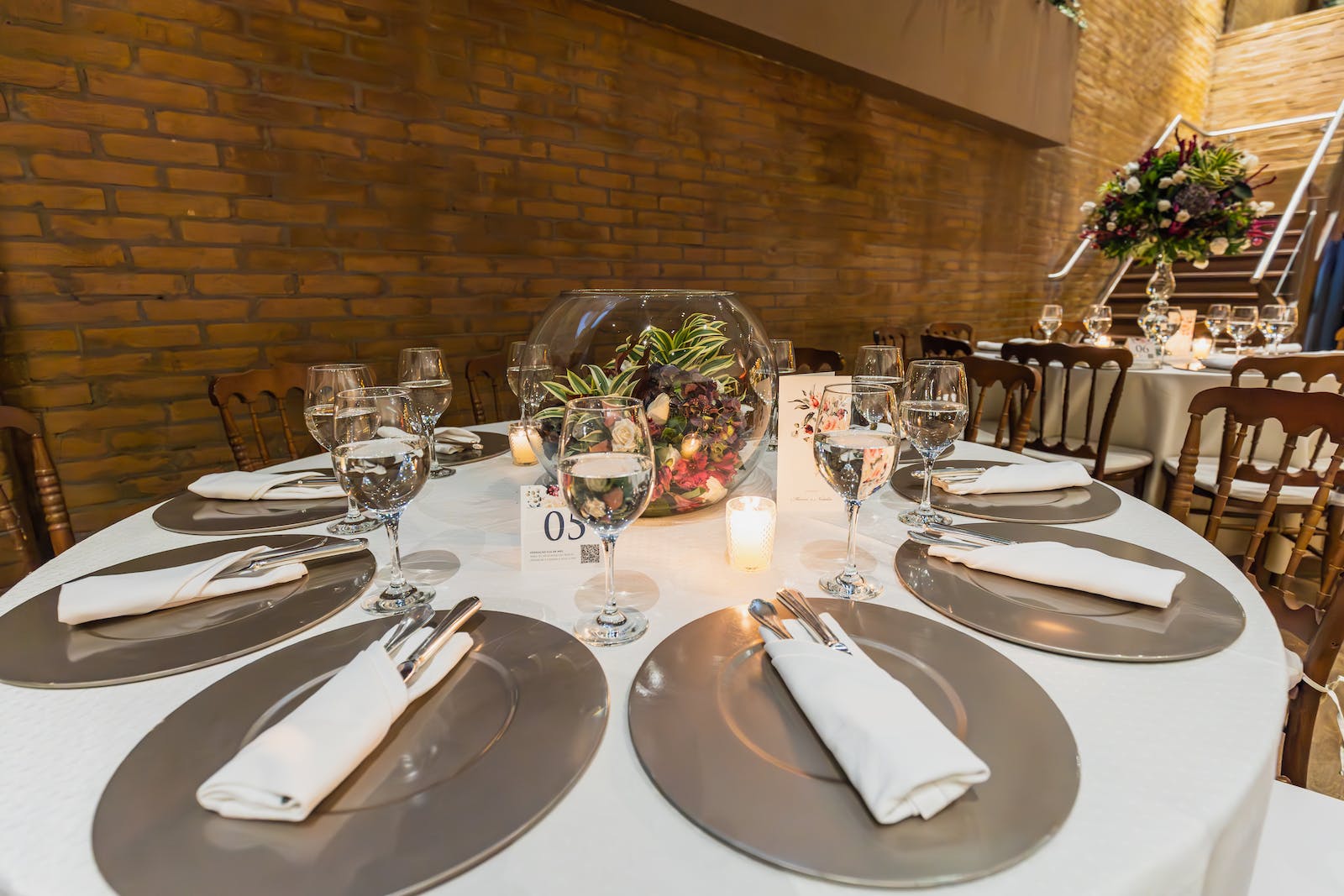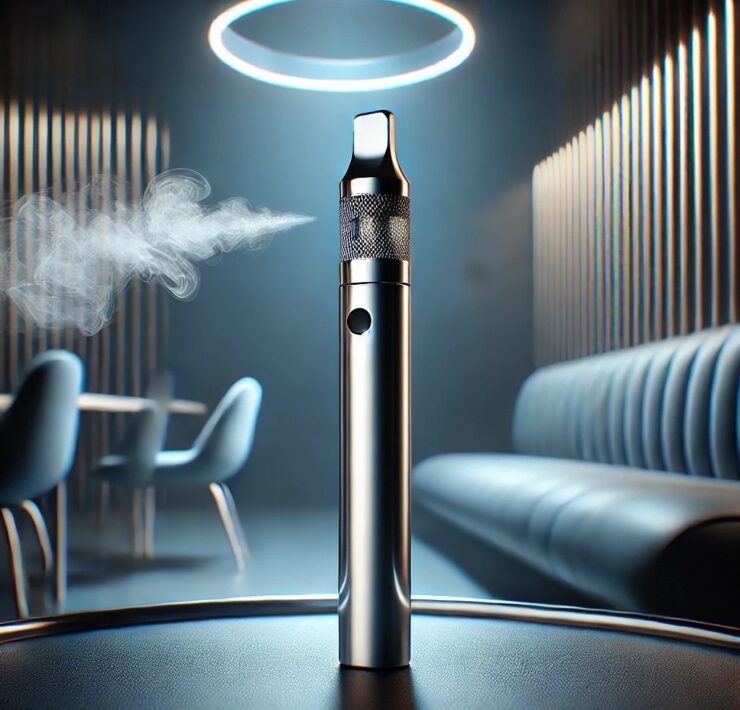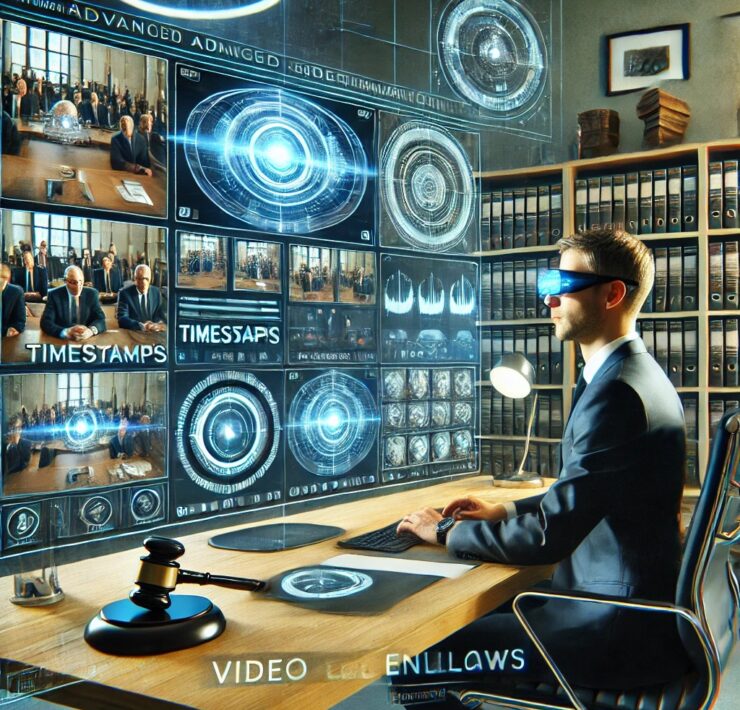Brilliance Beyond Walls: A Guide to Exceptional Interior Lighting Design

Achieving exceptional interior lighting design is not just about brightening up a room; it’s about creating the perfect ambiance that enhances the overall aesthetics and functionality of the space. Lighting has the power to transform any room, highlighting architectural features, setting the mood, and enhancing the overall design. In this guide, we will delve into the world of interior lighting design, exploring the key elements, techniques, and trends that will help you create brilliance beyond walls.
Interior Lighting Design – An Art Form
Interior lighting design is an art form that requires careful consideration and planning. It is not simply a matter of choosing a few light fixtures and placing them strategically. The true magic lies in understanding how light interacts with different surfaces, objects, and textures to create a visually pleasing and functional space.
Understanding Light
Before diving into the world of lighting design, it is important to grasp the fundamentals of light and its various properties. Light can be categorized into different types, such as natural light, task lighting, accent lighting, and ambient lighting. Each type serves a specific purpose and can be combined to achieve the desired effect.
The Key Elements of Lighting Design
When designing the lighting for your space, there are several key elements to consider:
- Functionality: The lighting interior design should serve the purpose of the room. For example, task lighting in the kitchen should be bright and focused, while ambient lighting in the living room should be warm and inviting.
- Aesthetics: The lighting fixtures themselves should be chosen carefully to complement the overall design of the space. They should add a touch of elegance and style, enhancing the overall aesthetics.
- Balance: Achieving a balance between natural and artificial lighting is crucial. Natural light brings in warmth and a sense of connection to the outdoors, while artificial lighting can create drama and highlight specific features.
- Layering: Layering different types of lighting creates depth and dimension in a space. It allows for flexibility in adjusting the mood and functionality according to the specific needs of the room.
Techniques for Exceptional Interior Lighting Design
To achieve brilliance beyond walls, here are some techniques to consider: - Accent Lighting: This technique involves highlighting specific features, such as artwork, architectural elements, or focal points in the room. Use focused spotlights or wall sconces to draw attention to these areas.
- Dimmers and Controls: Incorporating dimmers and lighting controls allows for adjusting the intensity and mood of the lighting according to different occasions and personal preferences. This adds versatility to the space and creates a dynamic ambiance.
- Layering Materials: Combining different materials, such as glass, metal, and fabric, in lighting fixtures adds texture and visual interest. It creates a unique focal point and elevates the overall design of the room.
- Color Temperature: The color temperature of light can greatly impact the mood of a space. Warm tones create a cozy and intimate atmosphere, while cool tones promote productivity and focus. Understanding the different color temperatures and using them strategically can enhance the overall experience of the room.
Current Trends in Interior Lighting Design
Staying updated with the latest trends in lighting design can help you create a space that is not only visually stunning but also modern and on-trend. Some current trends to consider are:
Statement Lighting: Incorporating bold and eye-catching lighting fixtures that act as a statement piece in the room. This adds personality and visual interest to the overall design.
Energy Efficiency: With the growing emphasis on sustainability, energy-efficient lighting solutions are becoming increasingly popular. LED lights not only reduce energy consumption but also offer a wide range of color temperatures and longevity.
Natural Materials: Incorporating natural materials, such as wood or stone, in lighting fixtures adds a touch of elegance and warmth to the space. These materials create a harmonious connection with the natural elements.
Smart Lighting: Smart lighting systems allow for convenient control and customization of the lighting through mobile devices or voice commands. This adds an element of modernity and convenience to the space.
Conclusion
Exceptional interior lighting design goes beyond simply illuminating a room; it creates an experience that captures the essence of the space. By understanding the key elements, techniques, and trends, you can transform any room into a visually stunning and functional masterpiece. So, let your creativity shine and design a space that is brilliantly lit and truly exceptional.







